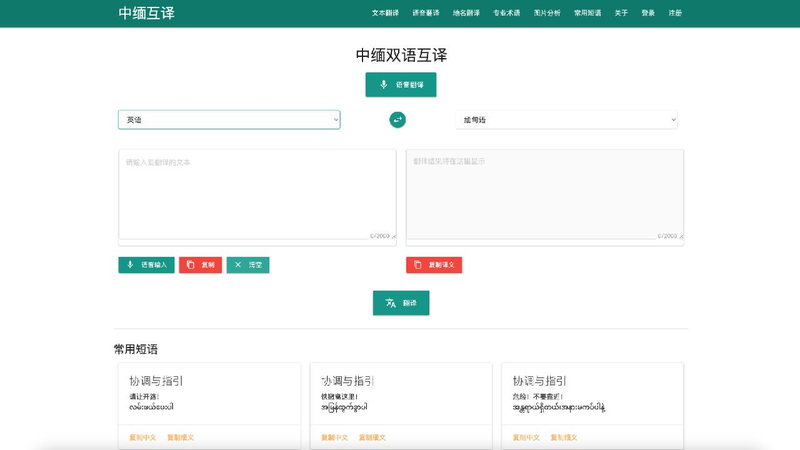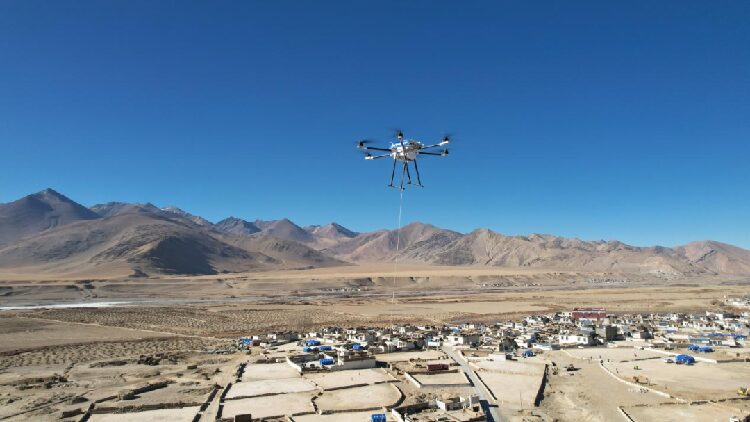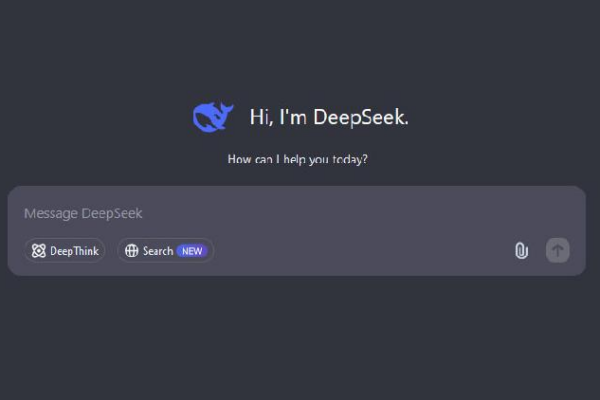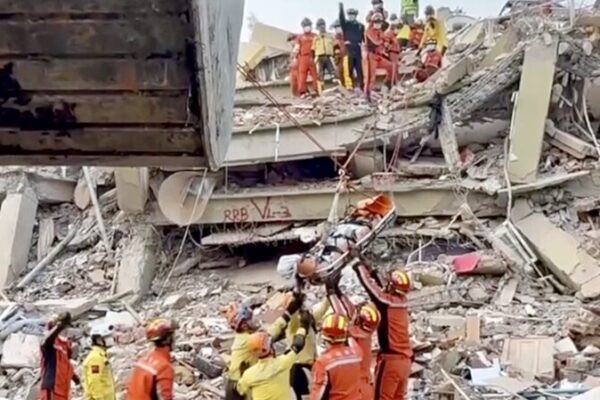An AI-powered translation system developed in China is transforming rescue operations in Myanmar following a recent earthquake. The system, powered by China’s in-house large language model (LLM) called DeepSeek, is bridging communication gaps by providing efficient Chinese-Burmese-English translation for Chinese rescue teams on the ground, according to the Chinese Embassy in Myanmar.
Co-developed by the National Language Service Corps of China and Beijing Language and Culture University (BLCU), the translation system was built in just seven hours. Unlike traditional translation machines that rely on local knowledge bases and often struggle with accuracy in specialized situations, DeepSeek integrates terminology with existing knowledge, significantly improving translation quality to fully meet the rescue teams’ needs.
“With the LLM, the translation quality is significantly better than that of traditional translation machines,” said Han Lintao from BLCU. Han developed a website with DeepSeek’s assistance, featuring emergency rescue terms in Chinese and Burmese, along with their pronunciations. To ensure accuracy, the translations were verified by international students from Myanmar studying at BLCU.
“I provided them with multiple versions, including ones created by DeepSeek and by ChatGPT, but the students said that the one by DeepSeek is the best,” Han shared. Since launching the website on March 29, he has made several updates based on rescue team requests, adding features like a voice translator and map integration for place names.
To date, the website has recorded over 700 unique users in Myanmar, marking the first deployment of a Chinese LLM in international earthquake rescue efforts, as noted by the embassy. The innovative use of AI technology is enhancing communication and efficiency in disaster relief, showcasing the potential of LLMs in critical real-world applications.
Reference(s):
cgtn.com








